How do you go from pasting newspaper pictures of your favorite sports team into an album as a child to becoming that team’s staff photographer? Just ask Terrell Lloyd, Lead Team Photographer and Sr. Manager Photography Services for the NFL’s San Francisco 49ers.
Since 1992, Terrell Lloyd has provided professional photography services to individuals and organizations throughout the United States. Based in the San Francisco Bay Area, near the high-tech world of Silicon Valley, Terrell is renowned for his special combination of artistic vision and cutting-edge technology. In addition to his position for the 49ers, Terrell is also the Athletics Department Photographer for San Jose State University, was elected to the prestigious Canon Explorers of Light program and is a San Disk Extreme Team member. We spoke with Terrell about his career, about sports photography and what it takes to get a really great shot.
How did you first get interested in photography?
It’s funny, I’ve always loved photography, but didn’t consider becoming a professional photographer until later in my life. I got interested in photography in high school, but I was also interested in technology, and wound up pursuing tech as a career. I worked in that sector for 20 years. During that time, a friend of mine was getting married and asked me if I would take some pictures at his wedding. This was the catalyst for re-introducing photography into my life.
I took pictures at my friend’s wedding, then, through word of mouth, started doing other small weddings. With my interest in photography re-ignited, I joined a photographers’ group – PPGBA (Professional Photographers of the Greater Bay Area) – near my home in San Francisco. We met once a month, and that’s where I met Abel Sanchez, who started mentoring me in wedding photography. My photos improved, and at that time, the company I worked for asked me to start taking photographs at company events. That led me to other corporate event photo jobs, so the shift back into photography was pretty seamless.
How did you make the transition from weddings and events to sports photography?
Sports and photography are passions of mine, so the move towards sports photography was a natural progression. As a San Francisco native, I was a huge fan of the 49ers, even as a kid. I had a paper route and I used to cut out pictures of the team from the sports section of the newspaper and make my own photobooks books from them.
Fast forward to 1981, when I became a season ticket holder for the 49ers. My seat was 10 rows from the field, and back then, you could bring your camera into the stadium, so I brought in my camera with a 300mm, and 70-200mm lens and took pictures. Around 1994, one of the former players on the team had a local restaurant I frequented, and we got to be friends. He said I should go onto the field and start taking pictures. He connected me with the PR director for the 49ers who got me a field pass. It was a thrill to be on the field taking shots and I was hooked! I called the PR director every week to try to get a job, but he said he didn’t have any openings. I still had my full-time job when I started a part-time gig with a small magazine, covering games every weekend, that got me credentials to access the field on a permanent basis.
My goal was to be on the field photographing full time – a job that didn’t exist when I first started – there were only part time jobs for that, then. With my technology background, I could see that the future of photography was changing, and where it was heading – the internet was coming, digital photography was starting, so I got in on that early and bought my first digital camera in 1996 Canon DCS520 – a 2 megapixel camera that cost me $12,000. It was expensive, but it also opened the gateway to getting my job with the 49ers.
What does it take to be a good sports photographer?
You have to really learn the sport to understand how to capture the action in it -this is true of any sport, not just football. It’s key to be able to anticipate what’s going to happen. That way you can start to determine what you’re going to shoot and how you’ll shoot it. Is it a running play? A pass play? A quarterback sneak? That takes time and a lot of practice to become proficient at, but it’s like any craft – you learn by practice, practice, practice. When I was starting out, I would study the images of other sports photographers I admired to see what they were looking for in the images they captured. I would also talk to coaches, to get into their heads to see what they were on the lookout for. With time, my shots got better because my timing got better. In sports it’s all about timing, technique and a little luck.
What is most challenging about sports photography?
One aspect is capturing that peak shot, which isn’t always a typical action shot. There’s a lot of emotion out in the field and in the crowd. Sometimes capturing the look on a player’s face can tell more of the story of a game than capturing a play.
Lighting is another aspect that can be challenging. I think I look at lighting differently than other sports photographers do. Years ago, I had taken an environmental portrait class by one of the best portrait artists in the bay area, Lori Rose. She taught me how to look at light, to always look for the direction where the light was coming from. Now when I’m shooting a game, I always ask myself what is the best position for me to be on the field to get the best quality image based on the direction of light? It’s a topic I talk about quite a bit when I teach.
What is your process for taking a picture? What do you look for?
Every game is both different and the same. What do I want to capture? Which direction will I start from? Where will I end up? When I was starting out, it was just me and I would be all over the field, so I had to plan out how I would navigate my start and end points. Now I have a team of photographers that I can direct, so it’s a little easier, but it’s a dynamic thing. I move in different spots and tell my photographers, when I move, you move, so all angles are covered.
I shoot with 5 cameras and 9 lenses on game day. That may seem like a lot, but that’s because I capture a lot of images for different purposes before the game even starts. There’s pre-game activity, the locker room, sideline, huddle shots, detail shots, plus we’re shooting for marketing, corporate partnerships, ownership, foundation, PR, community relations, etc. Cameras and Lenses I shoot with include a Canon 600mm f/4L IS III, 400mm f/2.8L IS III, 300mm f/2.8L IS II, 70-200mm f/2.9L IS III, 24-70mm f/2.8L II, 16-35mm f/2.8L III,11-24mm f/4L, 85mm f/1.4L and fish-eye 8-15mm f/4.
Is the Superbowl any different than a regular sporting event?
The Super Bowl is very intense. There are more photographers out on the field and space is limited, so planning is key. In this year’s Super Bowl, I went with 4 cameras instead of 5 and with a 200-400 lens, not 300 and 400. It’s important to try to get in a certain spot and have the right lens for that location and the shot you’re setting up for.
What tips do you have for future photographers?
When I teach photography the first thing I talk about is lighting. I’ll have my students start at one side of the field, then go to the other side, and I’ll have them observe the lighting. What’s the lighting on this side like as opposed to the other side or to your left, or right? What does the lighting look like at a particular time of day? What will it look like later? How about at night with artificial lighting? The next tip I’d offer – understand your ISO, F-stops and shutter speed when setting up your camera. Sometimes when I’m teaching, I’ll have students take a photo, then I’ll adjust their settings and have them take the same photo again so they can easily see the difference and understand how these settings affect the image.
It can be tricky – you have to learn to see something first, then know how you’re going to react to it. Get it right in the camera, for minimal post-production. I advise my students to err on the side of underexposure versus overexposure. I’d rather be a third underexposed than over, because you can always make adjustments to slightly underexposed images, but you’ll lose detail if a shot is too overexposed – you’ll never be able to bring it back.
How does color calibration come into play in your work?
With experience comes a kind of inherent understanding of your camera and how it responds. I know the nuances between what I see on my camera and how it will look on my display screen, but that’s still no substitute for color calibrating my monitors for precise color accuracy. This is especially critical when I do a lot of printing, like when I’m doing a gallery show. “Close” doesn’t cut it – it needs to be dead-on color accurate.
Which camera(s) has captured your attention right now?
I’ve had every Canon camera in their flagship line since digital was introduced in 1996 and I am now working with the new Canon 1DX Mark III camera which I feel is a “Game Changer”. With Canon USA’s new CMOS sensor and an updated DIGIC X image processor the tracking, image quality and color are incredible as well as a number of enhancements which make the 1DX3 first class. Pair it with an advanced color calibrator like Datacolor SpyderX and the images will pop off the screen.
Terrell Lloyd
SAN FRANCISCO 49ERS SR. MANAGER PHOTOGRAPHY/LEAD TEAM PHOTOGRAPHER
San Francisco based photographer Terrell Lloyd has been noted for his experience shooting professional and college sports. He is currently employed by the San Francisco 49ers as their senior manager of the organization photography services and is the full-time lead team photographer. He had been with the organization since 1996 as a contract photographer, now he is responsible for all of the team’s photographic assignments. Terrell Lloyd has always loved football and in 1994 he was granted the opportunity to shoot a game on the sidelines at Candlestick Park. According to one of his clients, “Terrell’s sports photography really captures the essence of the game.
Since 1992, Terrell Lloyd has provided professional photography services to individuals and organizations throughout the United States and around the world. Terrell Lloyd is most known for his special combination of artistic vision and cutting-edge technology. Also, for the past 14 years Terrell Lloyd is the athletic sports photographer for San Jose State University providing all of their photographic services. Terrell has also earned a number of championship rings for his work with the San Jose State University as well as two NFC Championships with the San Francisco 49ers for his work and services. Terrell has also earned a number of rings for his time bowling on the professional bowlers’ tour and leagues with several perfect 300 games and 800 series.
Terrell Lloyd was elected to the prestigious Canon Explorer of Light program in 2006-10 and has been reelected to the Canon EOL program again in 2017-Current. This is a group of top professional photographers from around the world selected to provide educational programs around the country. The Canon Explorers share their photographic and technical expertise to a wide number of photographers in a variety of personal appearances, seminars and gallery shows. Also, SanDisk® choose Terrell Lloyd in 2009 to the newly formed SanDisk Extreme Team. Terrell was also recently selected to ThinkTankPhoto Pro Team in 2018.
In 2017 Terrell received a Legends award from Xposure101conference in Detroit. This award honors individuals who have greatly influenced creativity, diversity and learning in the creative and photographic industries and by paving the way for others and inspiration. Western Digital presentenced Terrell with their 2019 Award for Outstanding Contributions to the Photography Industry.
Over the past 27 years, Lloyd has diversified his business by photographing a multitude of events. He has mastered the art of photographing high-end corporate events, products, weddings, portraits, and more. As a photographic artist Lloyd has traveled the world for major corporations and remains on the leading edge of technology as he continues to provide his clients with top level service and professionalism. Lloyd’s clients include BMW, Yahoo, Intuit, Ritz Carlton Hotel, NetApp, Verizon, Canon USA and SanDisk®
Shooting football has opened many doors for Terrell Lloyd and enabled him to cover other major sporting events such as NFL Super Bowl’s, PGA Golf, Professional Tennis, MLB Baseball, the NBA and more. Lloyd as also received many awards of merits for his portraits and weddings work and was photographer of the year by AMPP in 2001 and earned his craftsman degree by PPA 2006.

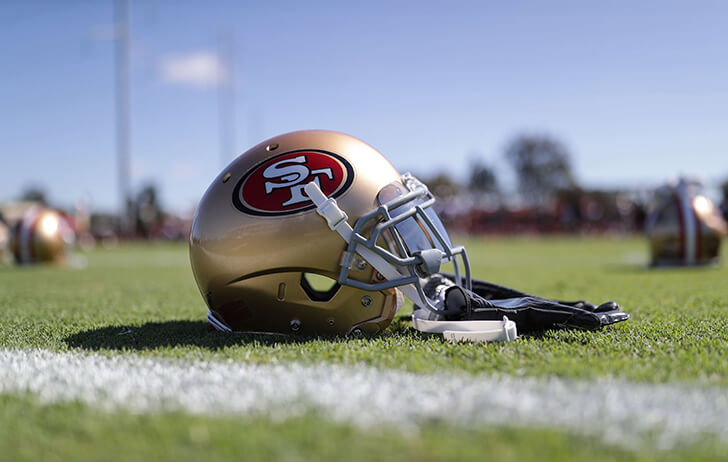
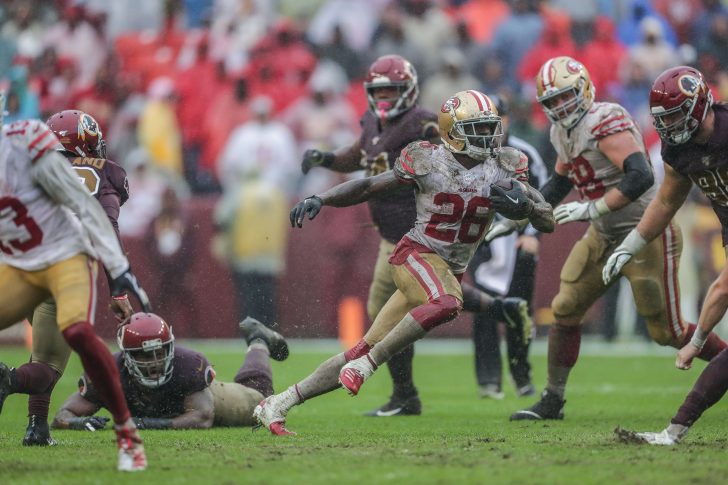
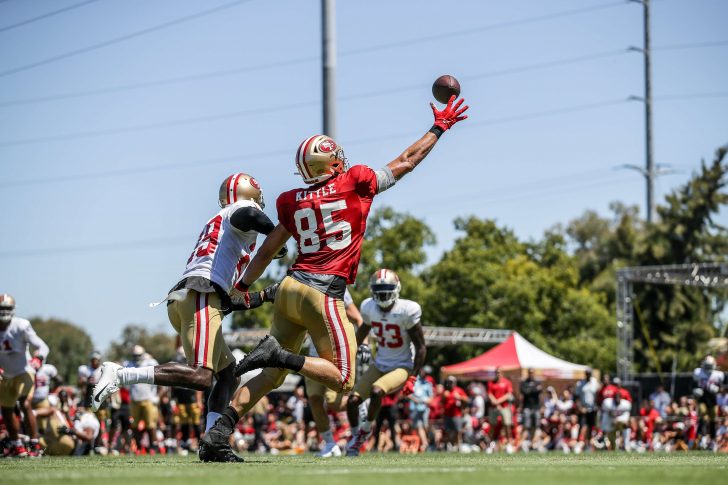
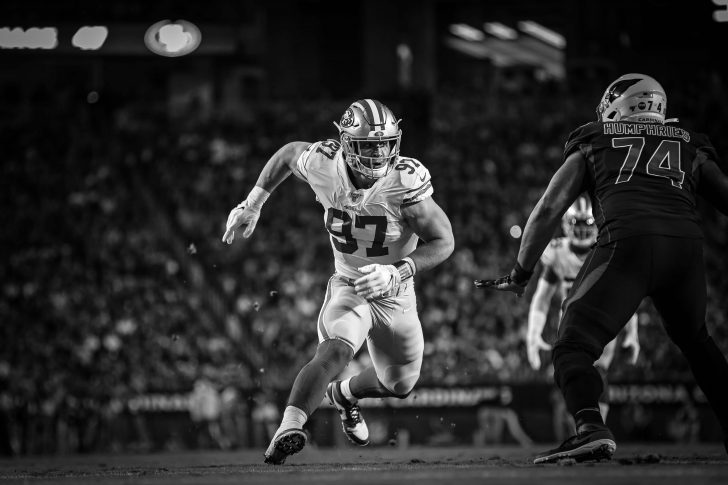
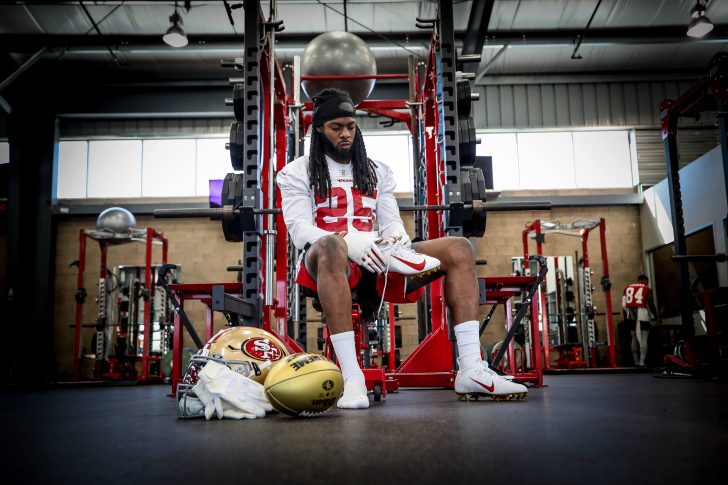
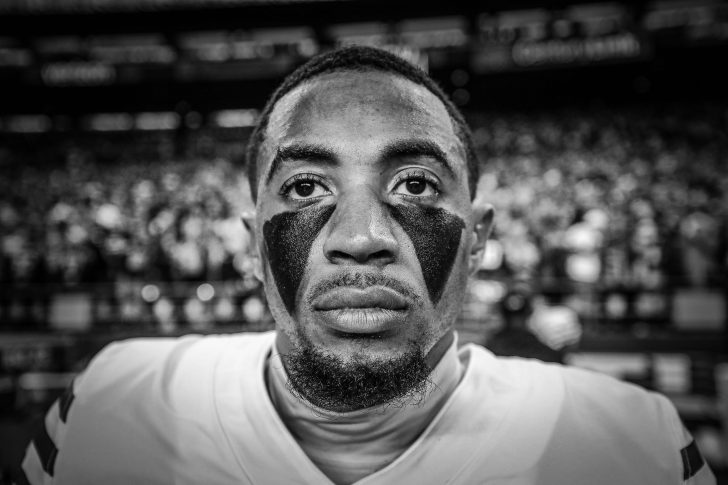
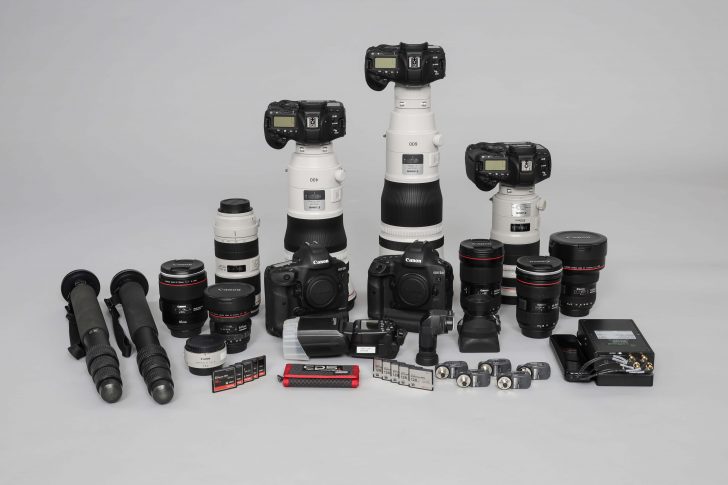
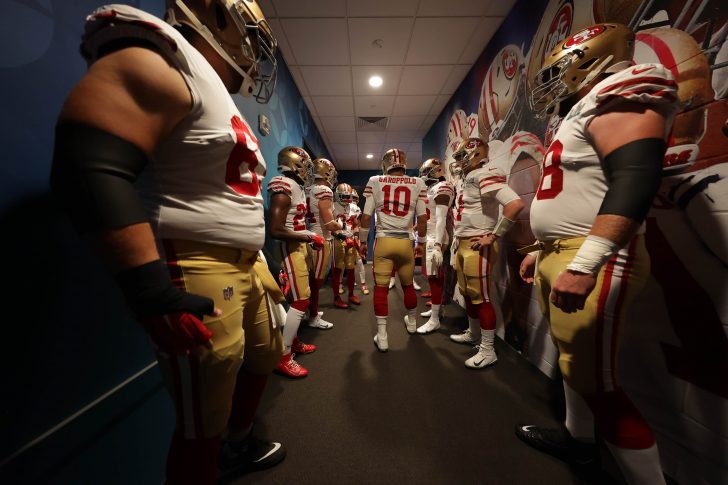
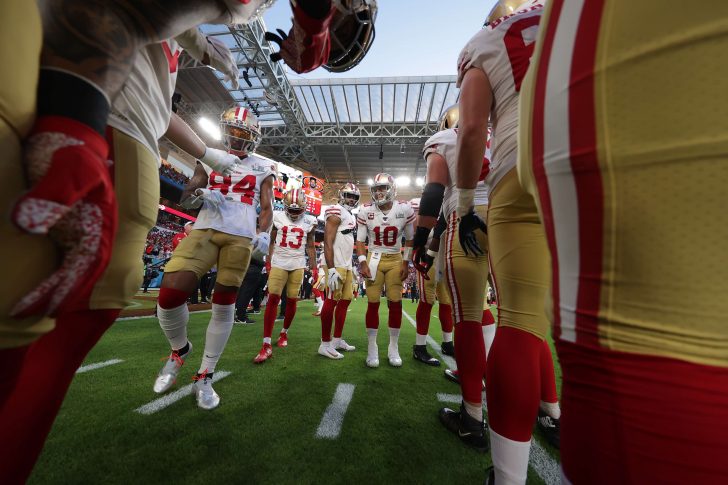
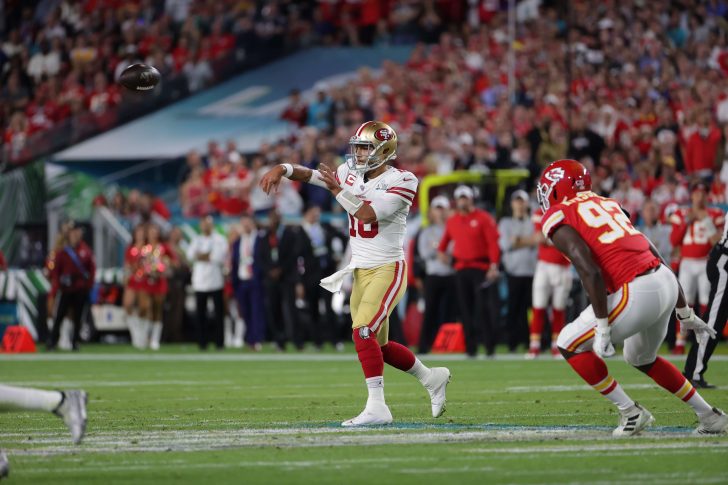
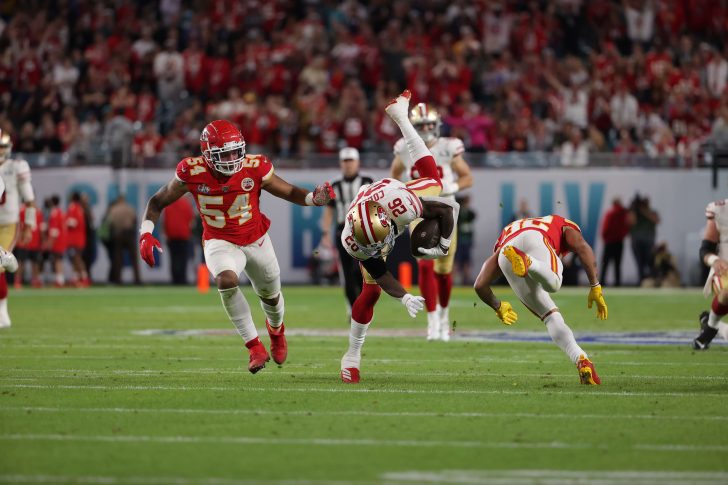
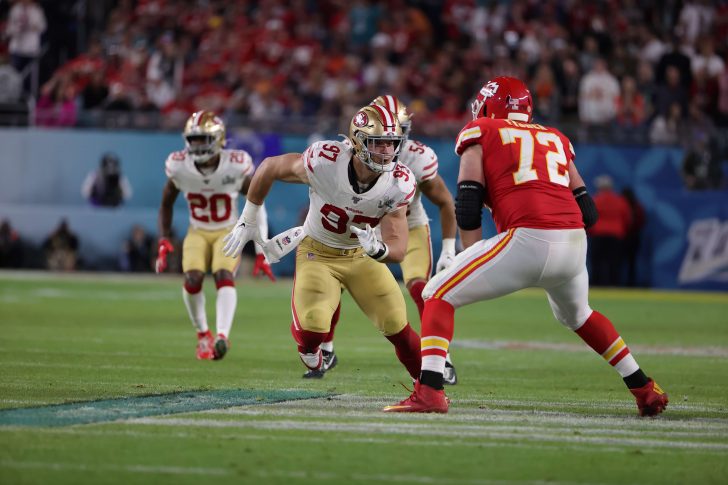
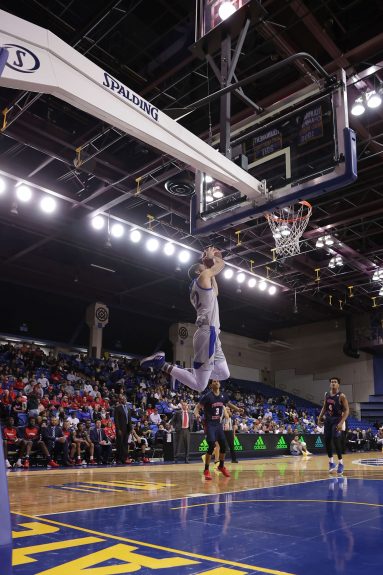
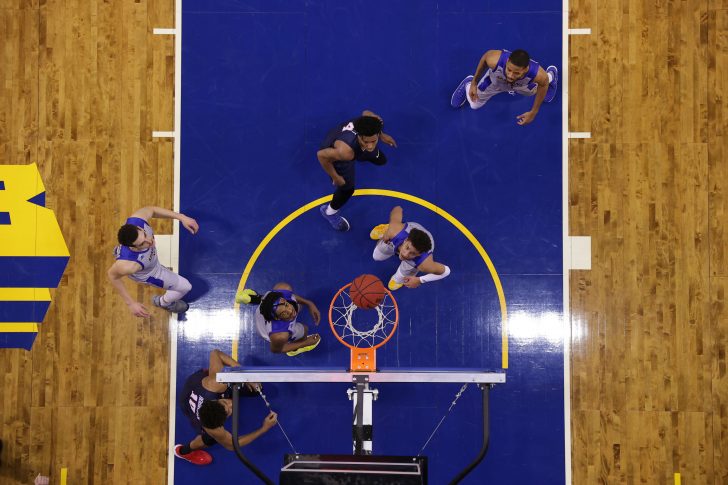
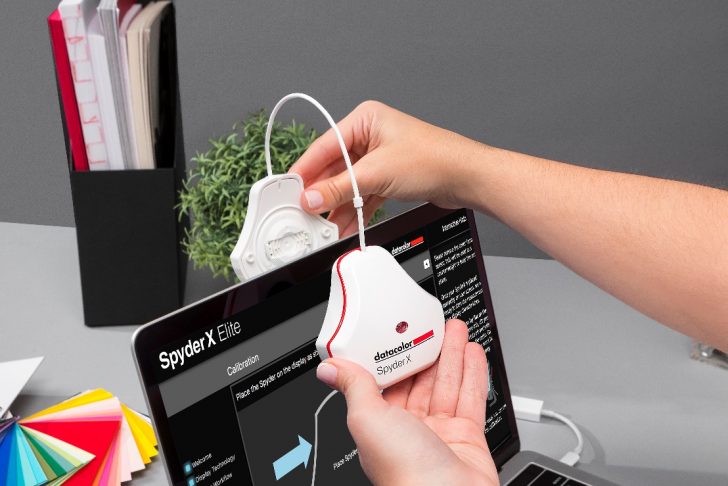
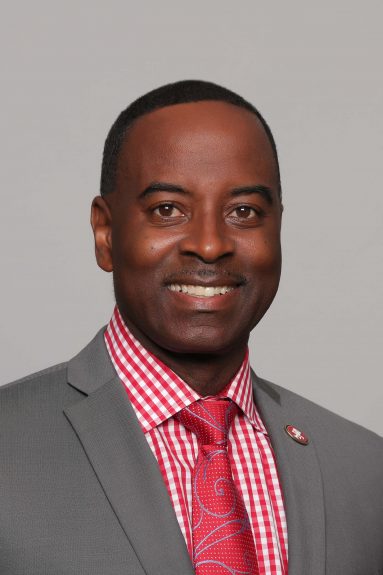
1 comment